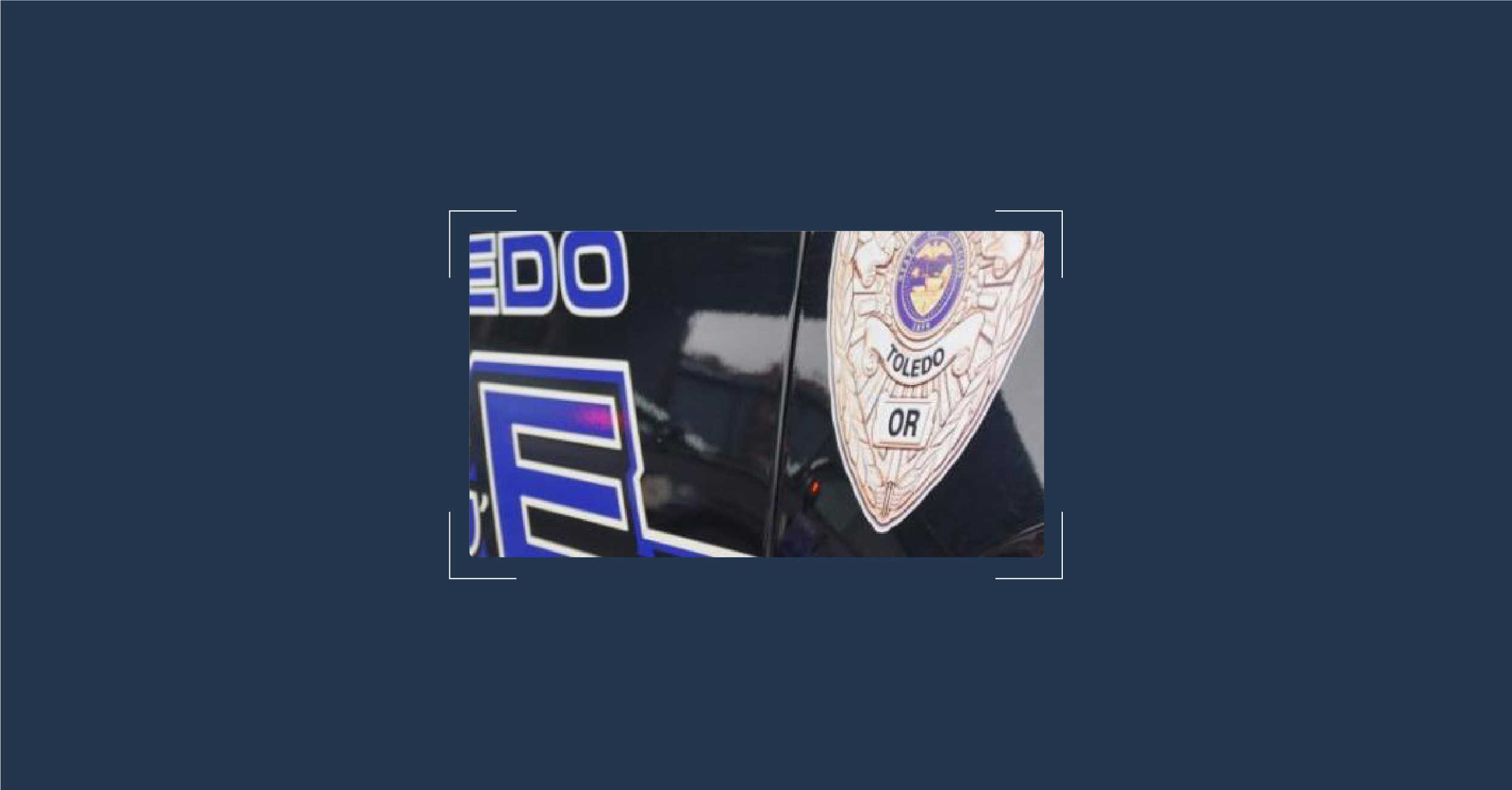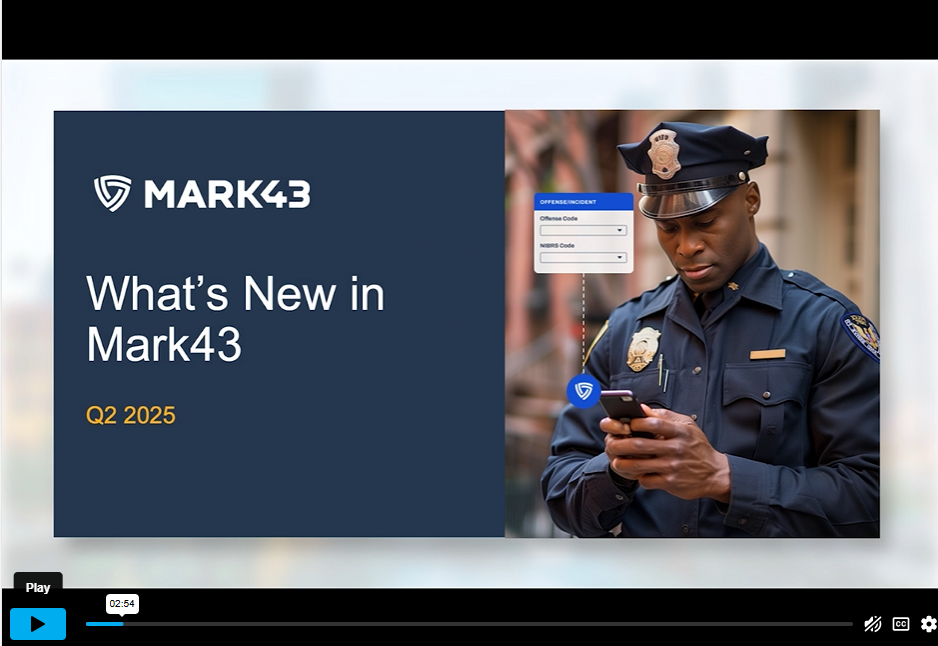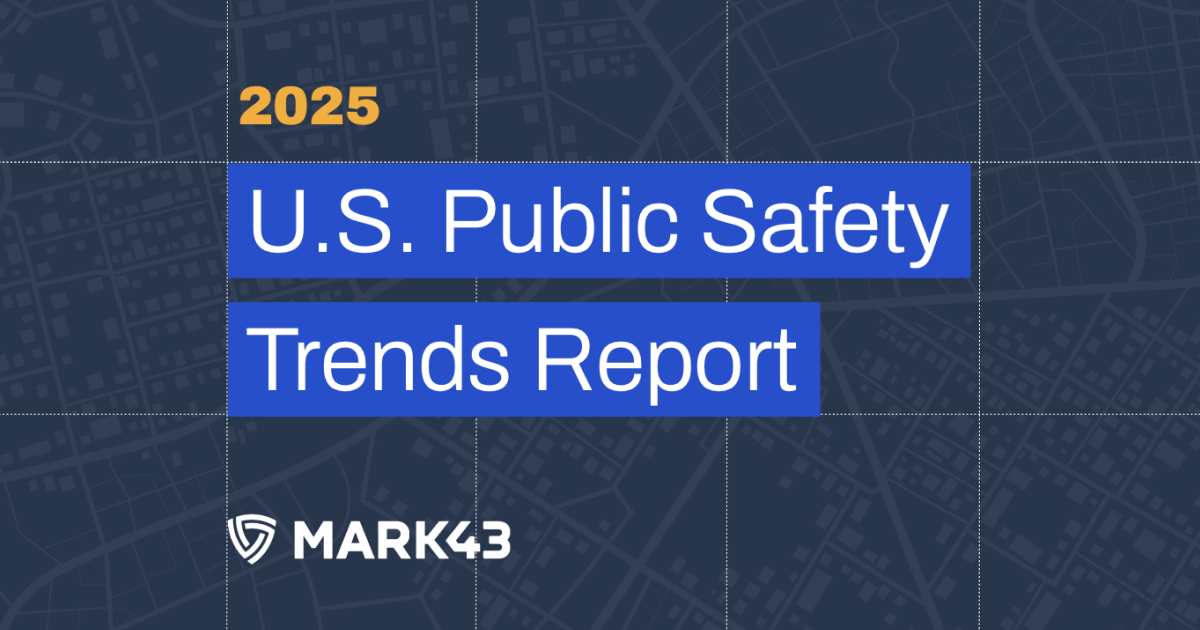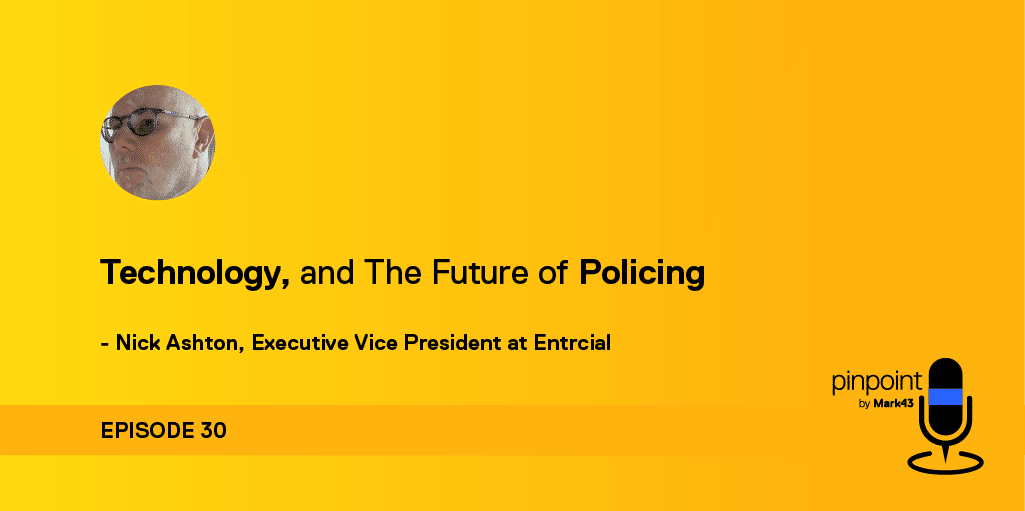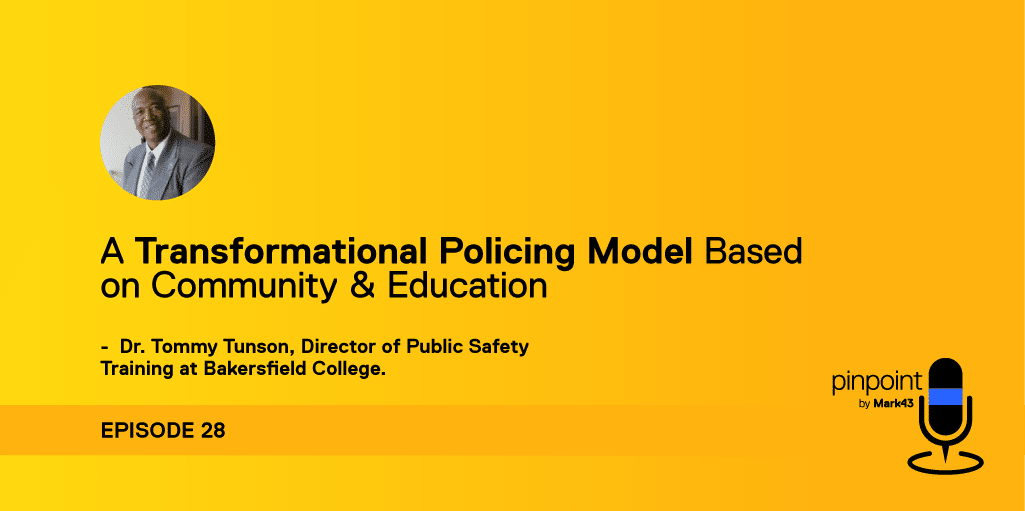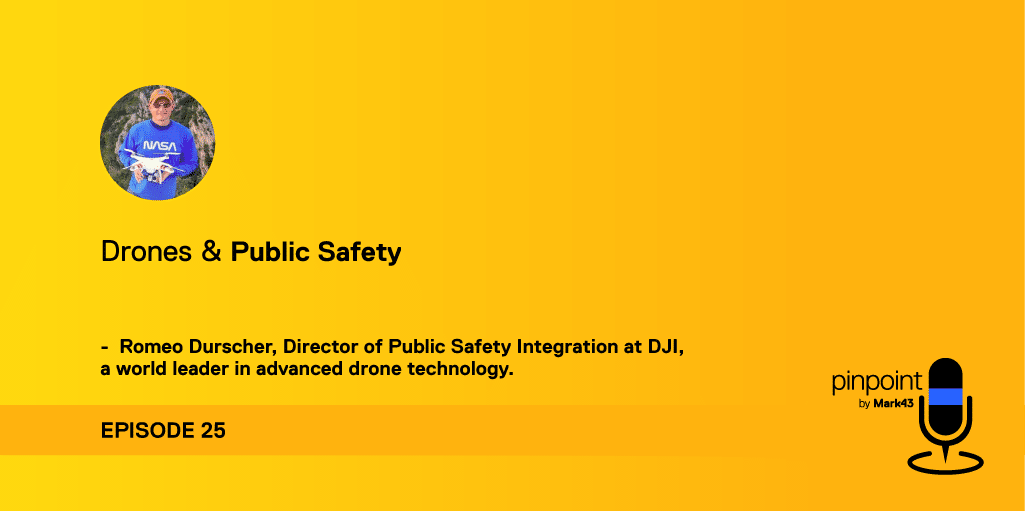
Let’s talk about drones.
It seems like these days (at least pre-COVID19,) you can’t go to a park or public event without seeing those buzzing things flying overhead.
They’re taking pictures & videos, & a lot of businesses are utilizing drones. Marketing agencies, sports leagues, real-estate firms, they’re all using drones.
But what about from a public health and safety standpoint?
[popup_trigger id=”1576″ tag=”pinpoint”]
[/popup_trigger]
How are drones helping, or hurting, the public safety specifically here in the United States? Are they helping? Should we all get rid of those flying toys?
On this episode of Pinpoint we talked to Romeo Durscher. Romeo is the Sr. Director of Public Safety Integration at DJI, a world leader in advanced drone technology.
The Journey of the Drone
It used to be that a drone was a toy.
You strapped a camera on it, flew it over whatever you were doing, and used it to take pictures and videos for you and your family to enjoy.
Drones ended up in trees, tangled in power lines, and stuck in gutters.

But drone technology has come so far.
DJI has focused on sensors in their drones that will cause them to shut down or turn around before they get tangled in power lines or stuck in trees.
They’ve added Geo-fencing so that you don’t end up flying into air space where your drone isn’t allowed to be (think near airports, prisons, government buildings, etc.)
Drones for Public Safety
You may think that first responders and law enforcement have always been adverse to drones. They’re always in the way, and they make their jobs harder, right?
Not at all.
Public safety organizations have always been keen to integrate technology into their operations that helps keep the public safe.
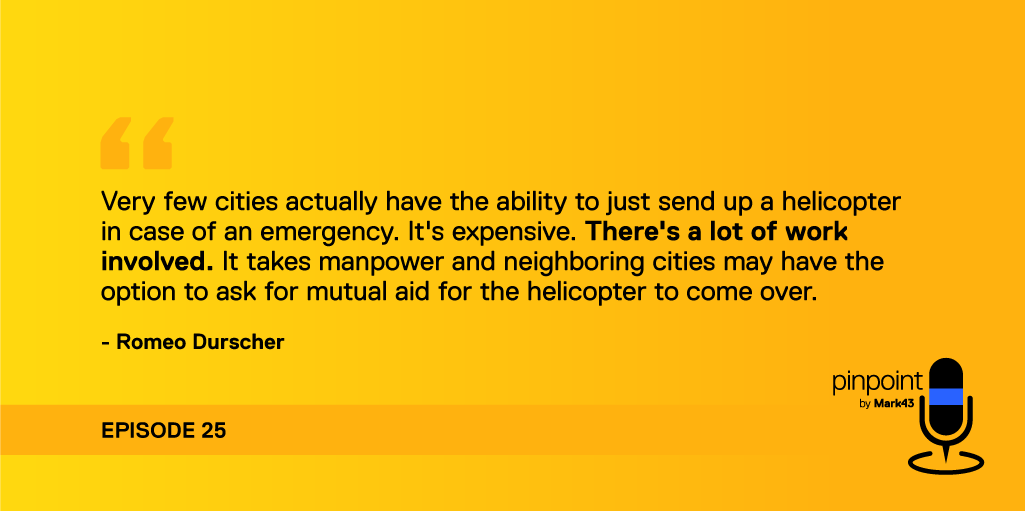
Between fire departments and law enforcement, the US has roughly 40,000 departments. Of those 40,000 departments, only about 500 have access to crude aviation. To a helicopter or a fixed wing aircraft.
That’s just over 1% that have access to aerial tools.
A helicopter or an airplane takes a LOT of work to get in the air. They’re expensive, they take a lot of overhead to operate, and a lot of times require a lot of cooperation from neighborhoods and officials.
So departments started looking for other solutions. Ways they could keep the public safe, respond quickly, and do so in a way that is efficient.
Enter the drone.
You can operate it from the office. It’s agile, quick, and can likely get places a helicopter or airplane can’t.
But can a drone really keep a population safe?
Drones & COVID-19
A drone is a thing that flies in the air. The thing we’re dealing with is a virus. How could those two things possibly be connected?
One example came to life in California recently.
It’s no secret that California has a very high homeless population. And that the homeless are at a much higher risk for contracting COVID than any other population.
Departments in California have been able to outfit drones with a speaker attachment and provide vital information regarding access to healthcare, food, water, & hygiene options. And they’ve done so in a way that keeps the homeless safe.
But it also keeps the public responders safe because they’re not out exposing themselves to potential illness.
The drone is a tool, just like anything else. It can be used for bad, or it can be used for good. And when a department commits to using it for good, they can do an awful lot of good.
This blog post was taken from a Pinpoint podcast interview with Romeo Durscher from DJI.
For every episode, click here. Or, for Apple Podcasts users, you can also use this link.


